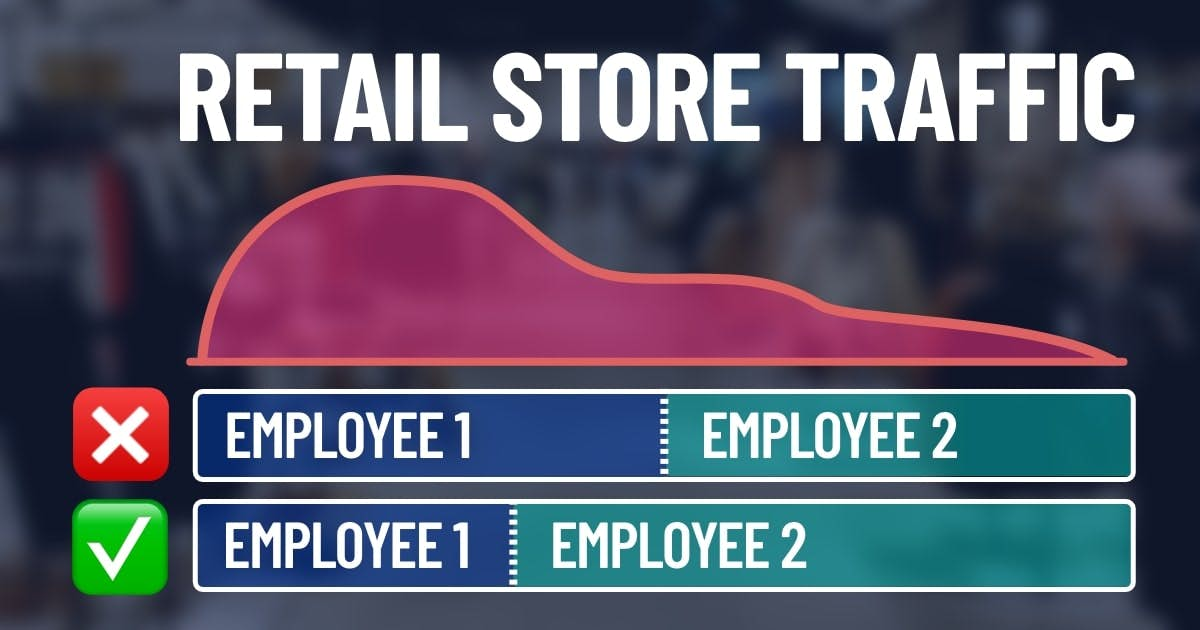Insight of the Week
Schedule Retail Staff Based on the Number of Customer Interactions
Researchers found a new principle called cumulative service encounters. A popular retail chain was losing $10,000/day by ignoring it.
Last updated June 9, 2023

Overview
In a new study, a retail chain discovered they were losing $10,000/day from a hidden effect.
It's called cumulative service encounters (Chen & Chuang, 2023).
The main idea: Sales staff perform worse (e.g., fewer conversions, less revenue) after more interactions with customers.
Selling is exhausting:
As more customers visit the store, it would be more likely for sales staff to attend to multiple customers simultaneously. More customers imply more service encounters and more frequent task switching (Chen & Chuang, 2023, p. 5)
And this depletion weakens sales performance.
Practical takeaways:
- Avoid Hourly Scheduling. Don't schedule a morning shift. Assign staff based on the predicted number of customer interactions.
- Insert Strategic Breaks. Rejuvenate staff when they need it most.
- Schedule Traffic Boosts Later in the Day. I spoke with the lead author who recommended the timing of marketing campaigns: "If a store will be visited by 100 customers, (everything else equal) we’d rather they visit the store late instead of early in the day, in order to minimize the extent of CSE."
Other New Stuff
- Concave Ads Are More Persuasive - Curved screens are becoming popular because they feel natural to human eye gaze. Turns out, these mediums are effective for advertising too. Viewers feel more immersed in these ads (Wang, Gohary, & Chan, 2023).
- ChatGPT Has More Emotional Awareness Than Humans - It performed better than humans on every measure for detecting emotions. I wonder if AI can tell that I'm scared of it (Elyoseph, Hadar Shoval, Asraf, & Lvovsky, 2023).
- People Make Risky Decisions Near Edges - Riskiness becomes activated while standing near the edge of something. And this activation helps people evaluate risky behaviors. In a field study, customers chose risky flavors (e.g., lingonberry, lychee) near the corner of a store, but they chose standard flavors (e.g., mango, coconut) in a central aisle. Perhaps this effect applies to workplace behavior too. Would employees produce more innovative work sitting along the edge of an office? (Esteky, 2022).